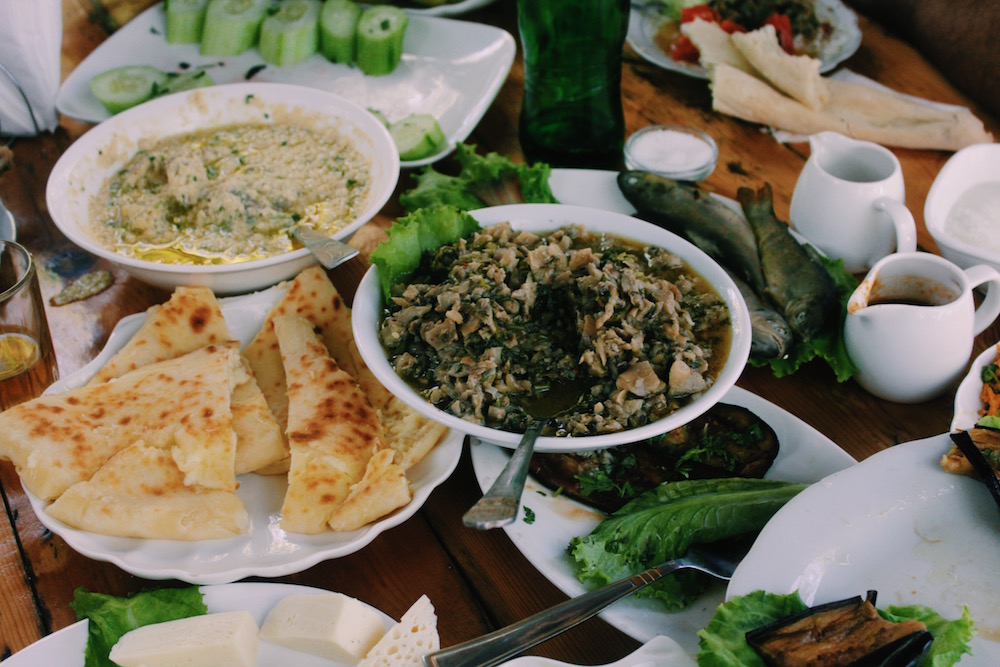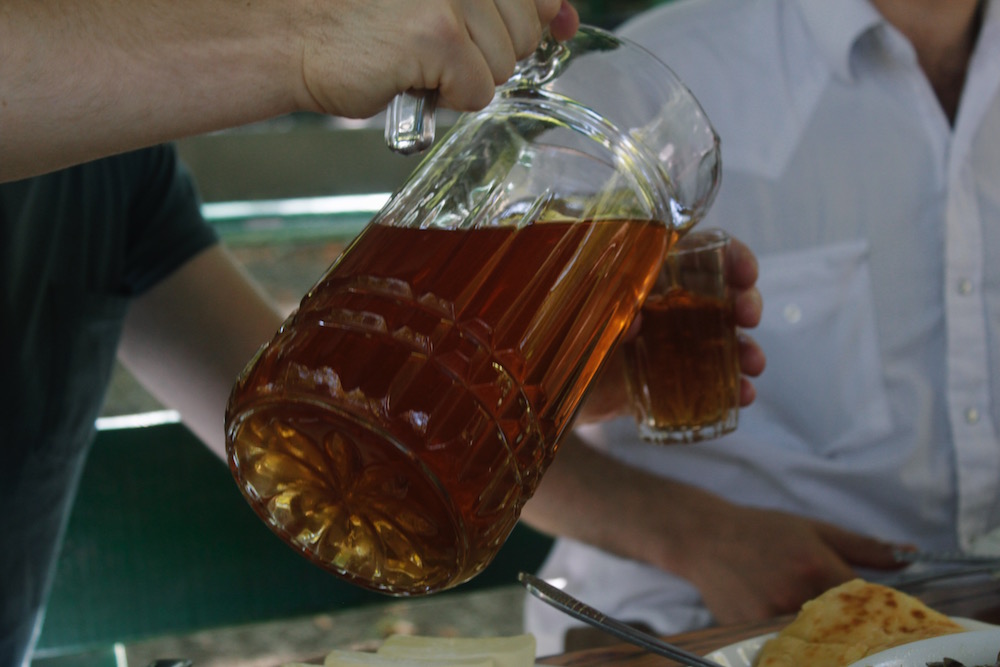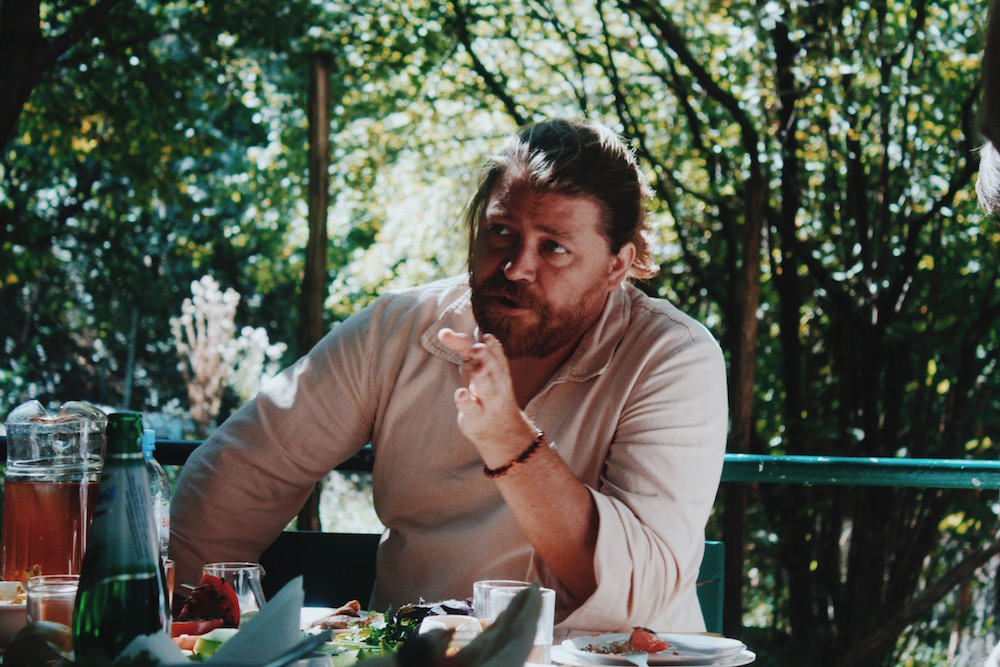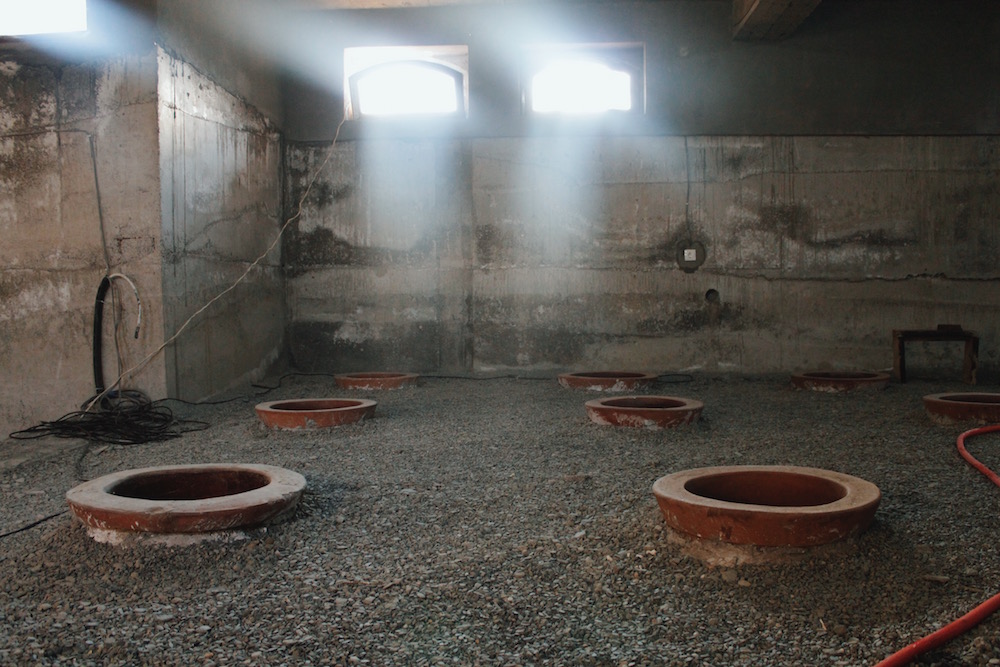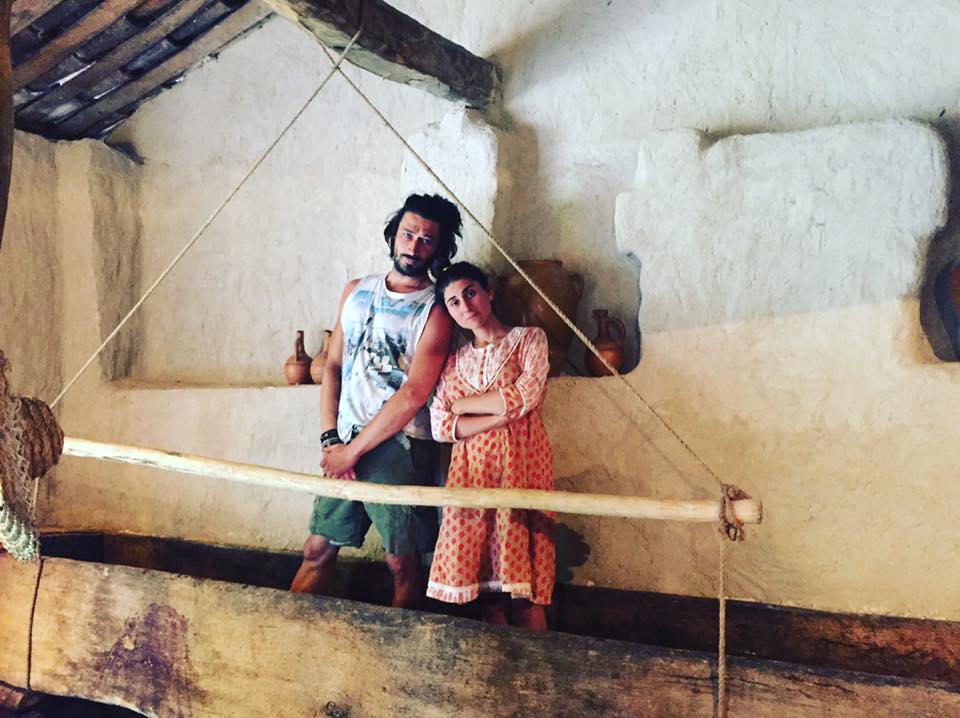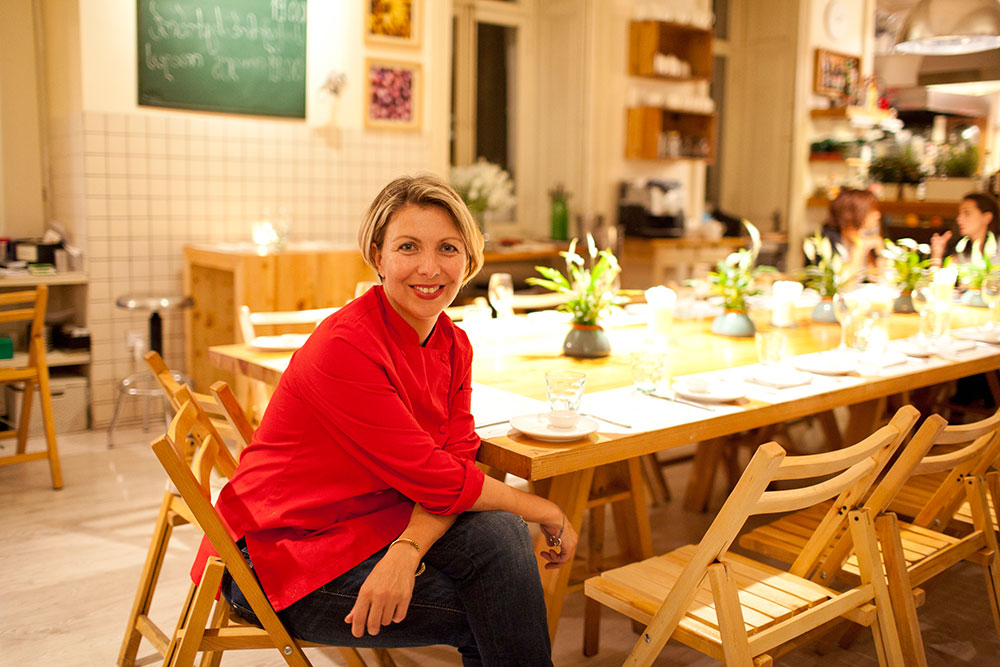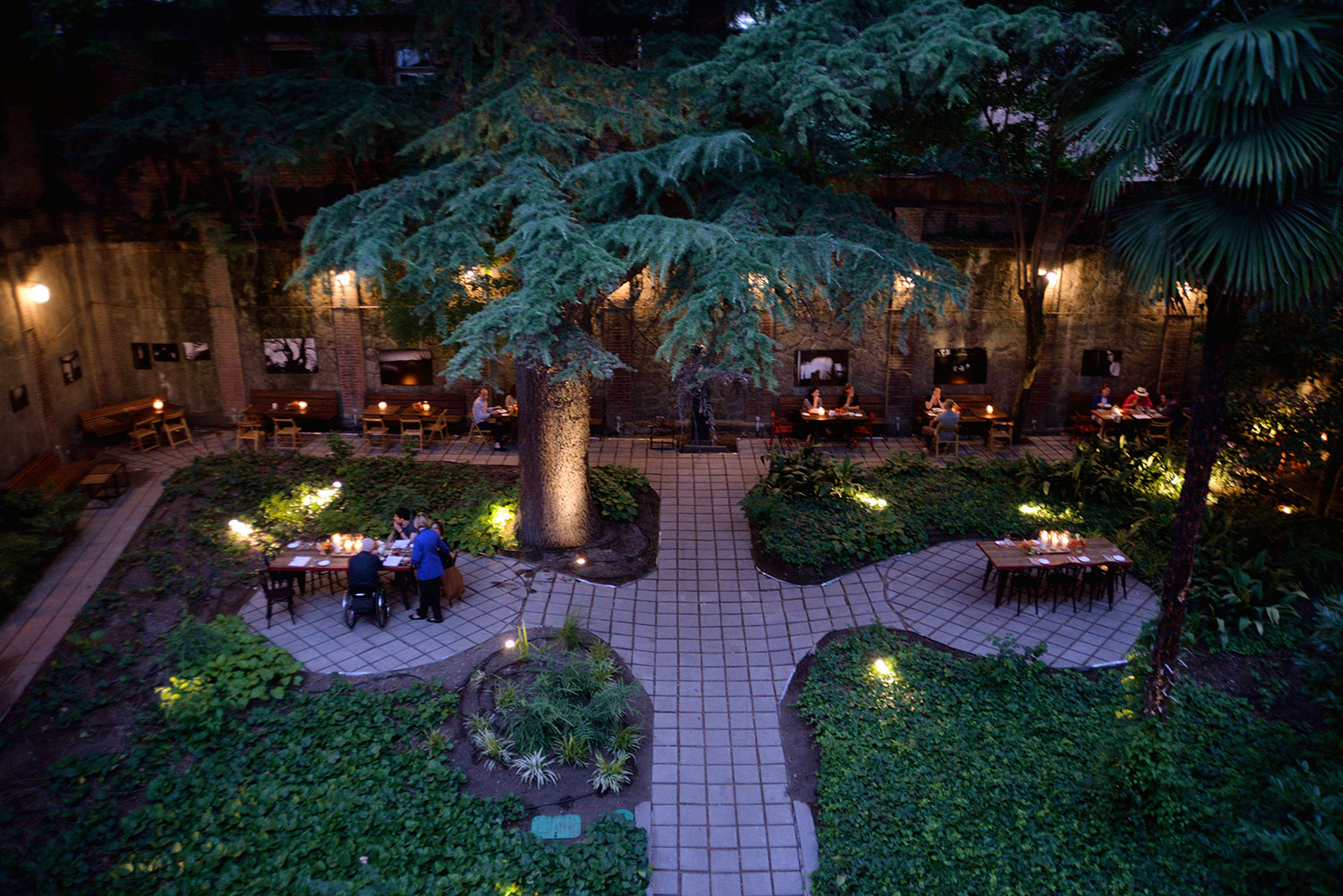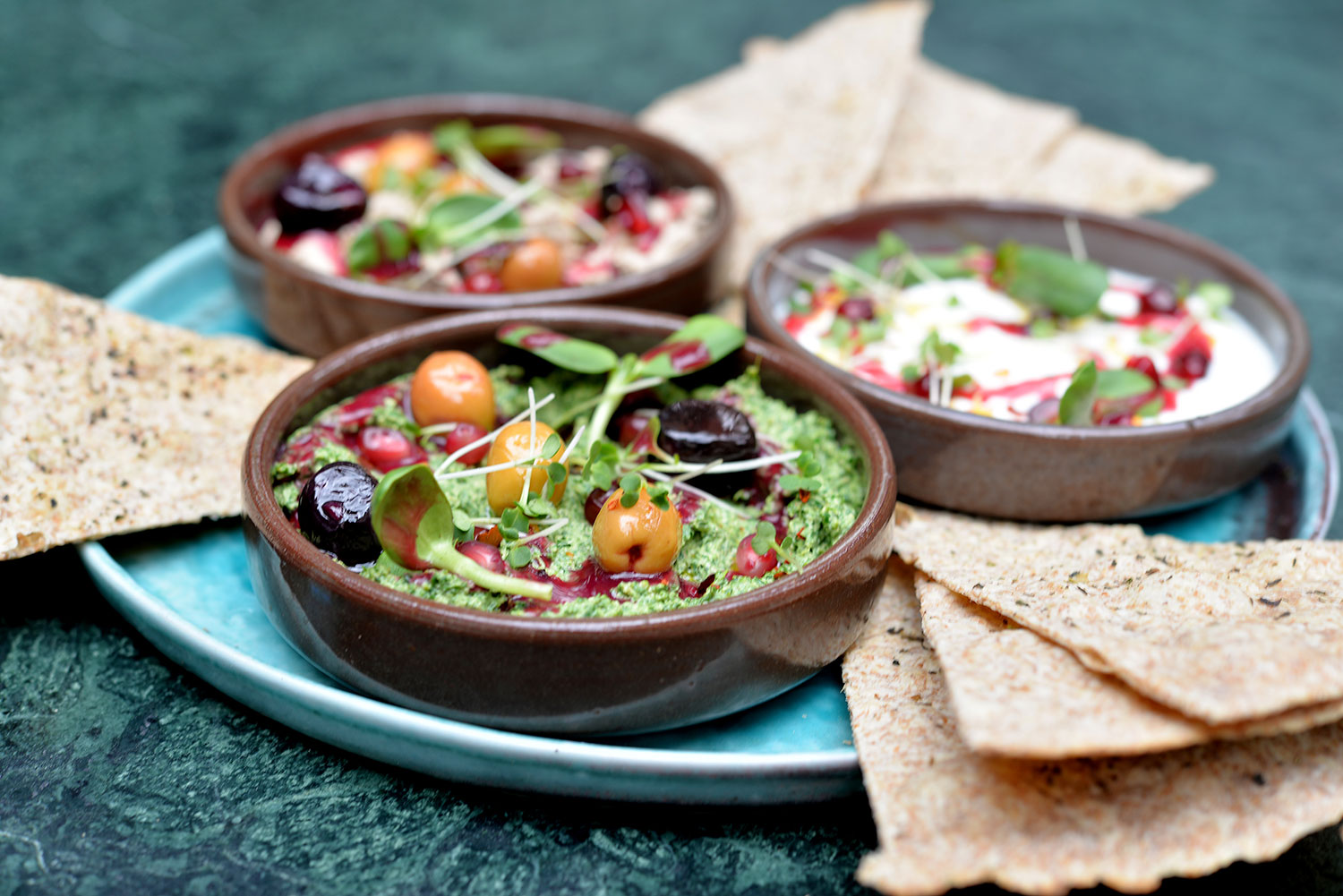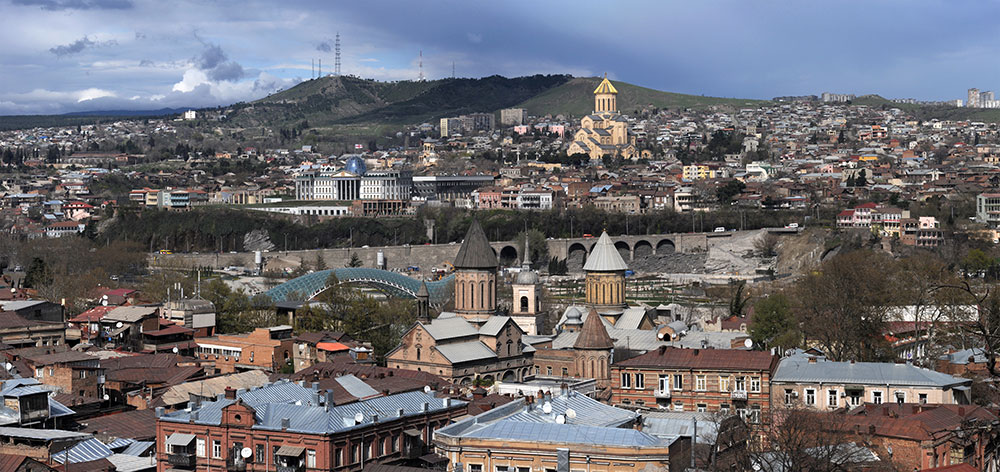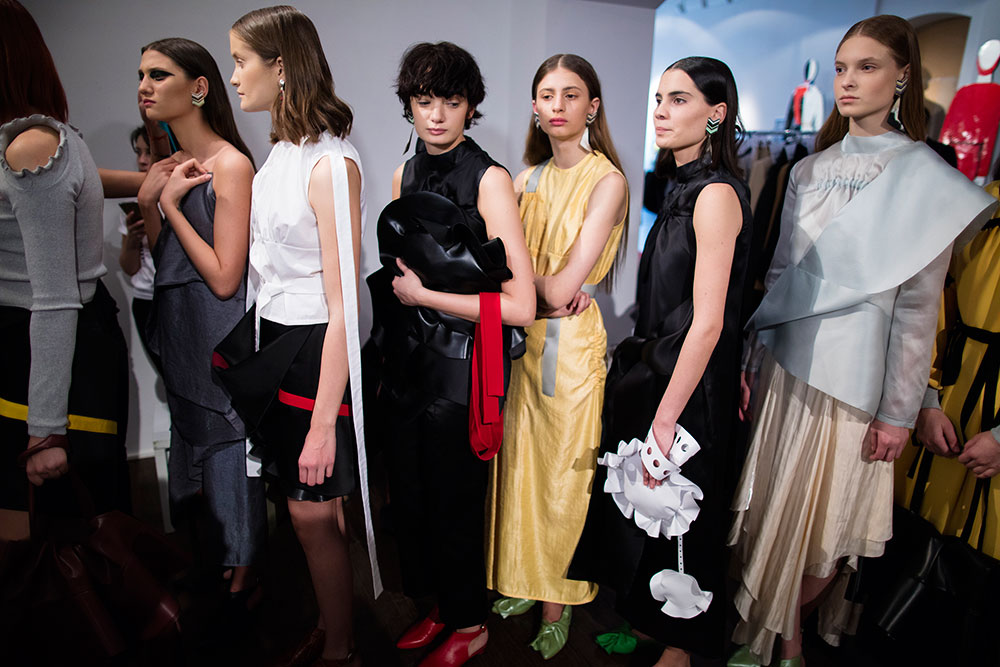Drinking the sun: 526 good reasons why Georgia is the wine region you need to discover now
TblisiAt a roadside restaurant in the eastern Georgian region of Kakheti, John Wurdeman is holding court in the dappled shade of a vine canopy. “In ancient times it was believed that when the colour of the grape changed, the eye of the sun had entered the berry,” intones the winemaker in the soothing voice of a practised raconteur. “The sun was a god, so when you drank the wine you were drinking the meeting place between the celestial and terrestrial worlds,” he continues, raising a glass of amber-coloured wine aloft so that the sunlight glints through it. The small gathering of journalists and foodies round the table clink glasses, eager to partake in this mystical communion. We drink, and are transported momentarily. We are drinking the sun.
When it comes to wine, Georgia has the greatest biodiversity per hectare in the world, with an astonishing 526 grape varieties
Originally from New Mexico, Wurdeman, a big bear hug of a man with a fiery red beard and ponytail, might seem an unlikely guide into the world of Georgian wine. Since arriving here 20 years ago, he has learned Georgian, married a Georgian, and immersed himself in the country’s history, folk dancing, myth and music, on which he holds forth with all the zeal of a convert. While he came here as an artist, and continues to paint, Wurdeman has been a key player in a natural winemaking renaissance that has seen Georgian wine rise to international prominence in recent years. Pheasant’s Tears, the winery he co-founded a decade ago, now operate six vineyards in Georgia and exports to countries round the world.
The wine we are drinking today is Rkatsiteli, the premiere Kahketian white. It is made using a 5,000 year old technique in qvevri — giant terracotta urns submerged beneath the ground up to the brim. The crushed grapes are fermented in the qvevri with their skins for two to four weeks. White wine is macerated in the skins for up to three further months after fermentation, which gives natural white wines their distinctive orange or amber colour. The wine is then moved to different qvevri for storage, the surrounding earth regulating its temperature. Rkatsiteli can vary widely in character depending on length of skin contact and soil variation. Today’s is floral but firm-bodied, with a versatility which makes it the perfect accompaniment for a lunchtime feast, or supra.
John announces the dishes as they arrive. There is minced veal in fermented grape leaves, chicken in an egg sauce, speckled trout from the Tushetian mountains and wild oyster mushroom with tarragon and green plum. We can barely finish what’s on our plate before it’s replaced with a clean one. New dishes keep on coming, piling up in the middle of the table: pork shashklik and sweetbreads, then aubergines folded around a mixture of walnut, blue fenugreek, marigold flowers, coriander seed and garlic. I thought I knew Georgian cuisine from going to Georgian restaurants in Russia — but that’s a bit like saying you know Italian food from dining at Bella Pasta. The variety and subtlety on offer is staggering — not to mention the quantity.
When it comes to wine, Georgia has the greatest biodiversity per hectare in the world, with an astonishing 526 grape varieties (Italy has twice as many varieties but is four times larger). Georgian wine was traditionally a family affair, made in small quantities and consumed locally in the villages. But the Soviet era land brought collectivisation and industrialisation. Only four types of wine were made during this period, much of it for export around the USSR. After the Soviet Union’s collapse, Georgia at first tried to integrate itself with the global wine market by buying foreign equipment and making ersatz versions of popular wines such as Burgundy and Bordeaux — a “good but not winning” formula, says Wurdeman.
But in recent years people have started returning to their grandfathers’ plots to produce wine the old way. “Now we’re experiencing a return of the vines to their ancestral places,” says Wurdeman, who tells me that this year he’s harvesting 400-year-old vines in the south-western region of Meskheti that “survived the Ottoman invasion” in the 16th century. The trend for leaving Tbilisi for the vineyard has caught on in recent years, fuelled by a growing interest from abroad in natural wine. Four years ago there were only 12 natural growers bottling wine in Georgia, and now there are 65 domains and over 300 different labels.
For centuries Georgian cuisine absorbed the influences of Mongol, Persian and Ottoman invasions, the Silk Road and later, 19th century European tastes
Pioneers like Wurdeman have paved the way for a new generation of young winemakers. One is 27-year-old Keti Berishvili, who last summer quit her job at a bank in Tbilisi to start making wine on her father’s land in Artana village in Kakheti. Berishvili currently makes Rkatsiteli and Saperavi, the famous Georgian red, and bottles it under the name Gogowine, which means both “Girl wine” and “Daughter’s wine”. One of few female winemakers in Georgia, she tells me on Skype that she feels “really supported as a girl” by the natural wine “family”. While producing only small quantities at the moment, Berishvili is already selling her wine at Ghvino Underground, a wine shop that has become the epicentre of Tbilisi’s natural wine scene, as well as exporting to the US and Denmark.
Where natural winemakers are rediscovering ancient techniques, chef Tekuna Gachechiladze is looking to improve on them. “Georgian traditional food was always innovative — I’m just continuing what we used to do,” she tells me at her restaurant, Cafe Littera, which occupies an impossibly romantic courtyard behind the Georgian Writer’s House, a beautiful Art Nouveau building in the heart of Tbilisi. Gachechiladze, a popular TV chef who trained in New York and has run a string of successful restaurants in Georgia, has been dubbed the “queen of Georgian fusion”. The menu at Cafe Littera presents new twists on classic dishes, such as shrimp kharcho or baked mussels with walnuts.
For centuries, says Gachechiladze, Georgian cuisine absorbed the influences of Mongol, Persian and Ottoman invasions, the Silk Road and later, 19th century European tastes. “Eggplants” she says of the staple Georgian ingredient, “were from India. We planted them and adapted them because we have great soil.” But after centuries of enrichment and variation, Georgian food was homogenised during the USSR in a similar way to its wine. “Georgian housewives lost touch with their cuisine,” says Gachechiladze. And although the recipes survived, the stultifying effects of the Soviet period seem to have been far-reaching. “The Georgians think that if their grandmother and grandmother’s grandmother did it like this then this is the tradition and you can’t change it. But you can always improve something.” Gachechiladze illustrates her point by describing her twist on traditional chakapuli (lamb and vegetable stew), which involves cooking the meat with a bouquet garni and then replacing it with fresh greens. “You can’t cook greens and meat for three hours together!” she protests.
Whether planting new varieties of aubergines brought over from Italy or working with farmers to grow artichokes in Georgia for the first time, Gachechiladze has been busy reviving what she sees as her country’s tradition of innovation. But it’s clear that her priorities lie in finding the best ingredients and techniques rather than simply coming up with innovative combinations for their own sake. She is also rediscovering forgotten ingredients that grow wild in Georgia, such as danduri, a kind of weed that goes by the name of perslane in English. “I travel a lot — I eat in the villages,” she says. “People bring me things.”
And then suddenly it’s our turn. “I’ve just bought a kilo of Georgian truffles!”, Tekuna exclaims with an infectious laugh. “They’re not as aromatic as Piedmontese truffles, but they’re truffles, and we never knew we had them!” She skips off inside and returns moments later with small black truffles for everyone. I find mine back in London while unpacking, wrapped in a handkerchief — an earthy souvenir of Georgia’s boundless richness and fertility.
